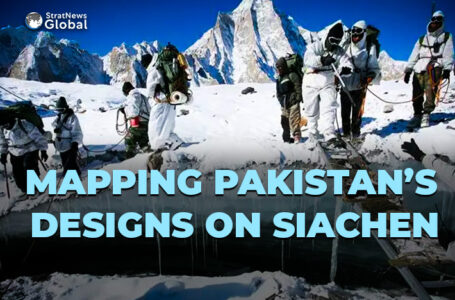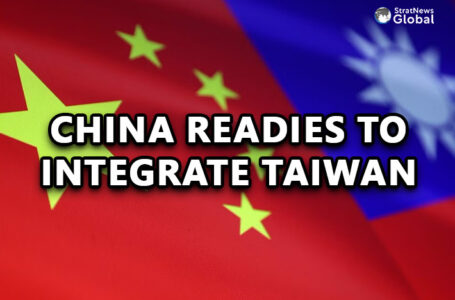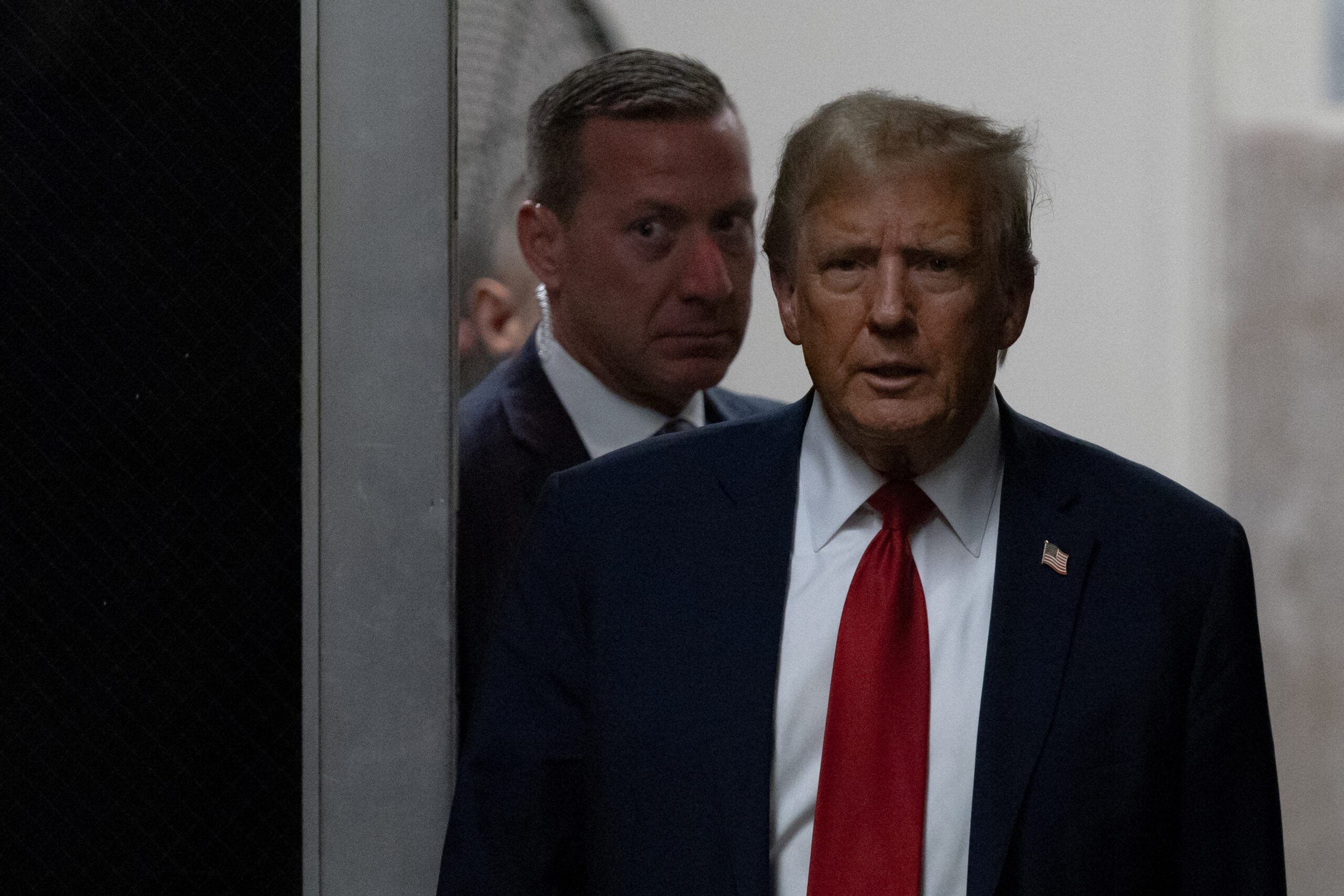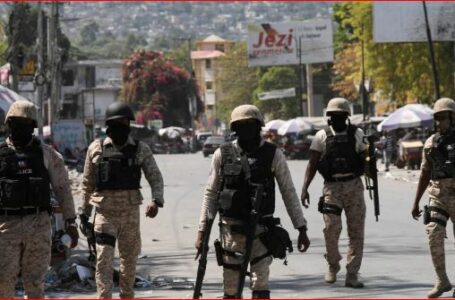Trump Trial: Judge Upholds $83.3 Million Defamation Payout T...
Why India Must Deter China On Its Own Steam After The Tawang Clash
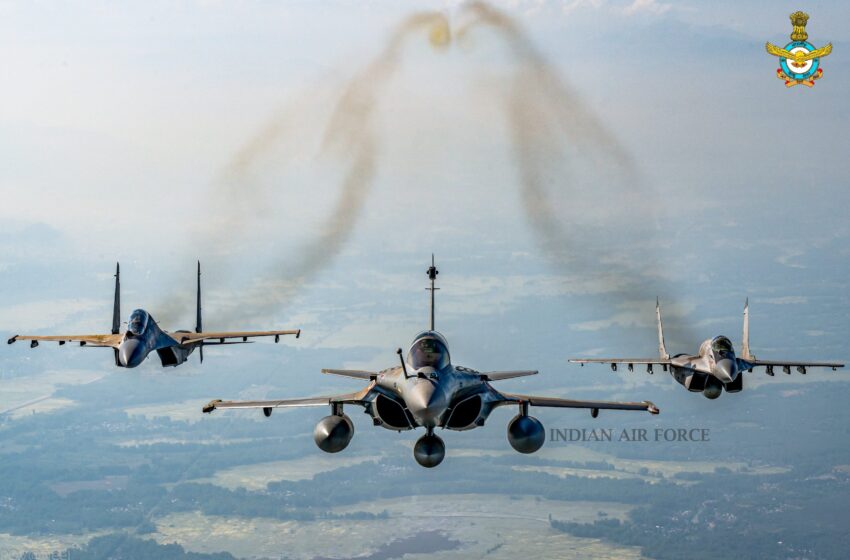
With the Tawang clash in the background the Indian Air Force carried out a major exercise close to the Line of Actual Control
NEW DELHI: How does India deter China from pursuing its aggressive wolf-warrior manoeuvres? A three-pronged approach may be useful, all intended to build military capability, expanding geopolitical influence and keeping the economy well-oiled.
First, India has to demonstrate that it remains unfazed by the latest provocation and remains fixated to the big picture—of confidently pursuing its rise as a civilizational state on its own steam. That would mean India deepening its commitment to the doctrine of strategic autonomy by clinically engaging with all relevant players on the global stage so long as that engagement bolsters its military capabilities, muscles national power, and leads to its global rise.
Second, in order to calmly build its own capacities and deterrence under the Atmanirbhar Bharat doctrine, India has to pursue a multi-vectored engagement, focused on imbibing and developing cutting edge military and dual-use technology from four key players—Russia, France, the United States and Israel. But these multiple engagements are possible only if India bonds separately with each of these players on a bilateral track and does not hesitate to ruthlessly play one against the other, if required, to maximise its own interests without losing control. In order to play this game of its rise with Indian rules, it is essential to avoid falling into any type of quasi-alliance trap with any pole in the rising multipolar world.
Indian security planners must be fully aware that global power has diffused among several key players with none possessing overwhelming influence including the United States. Clearly, the unipolar era that emerged after the collapse of the Berlin wall in 1989 is dead and buried. Countries big and small are recognising the limits of U.S. power and the opportunity it affords of raising their power profile on the global stage, not afraid or tagging with rising new players.
Third, a mindless rush to seek refuge in the Indo-Pacific QUAD as a safe-haven to counter China will be disastrous. Except possibly for a brief period during the Trump administration, the U.S., the natural leader of the QUAD, does not have the political will to fight a war with Beijing and simply cannot be relied upon to come to India’s aid in case a war begins. Far from causing a fundamental rupture, the Biden administration is engaged in managing its relations with China tailored to its personal advantage, rather than ideologically locking horns with Beijing to unseat the Communist Party of China (CPC). Washington’s underlying reality of geo-economic reliance on China remains unchanged, despite several bouts of information war that the world’s biggest and second largest economy have been fighting for some time.
Nevertheless, the U.S., in recent years has revved up its military industrial complex big time and has made a killing out of tensions between Taiwan and China and the war between the Ukraine and Russia. With the U.S. defence industry ready to sell to India, there is no need for New Delhi to enter into a risky Quad-alliance. Instead, it can persist its engagement on the bilateral track with the U.S., pick and choose what it wants, and funnel it into the Atmanirbhar Bharat route, without endangering its sovereignty and losing control.
Finally, by maintaining its strategic autonomy and sticking to the principle of bilateralism, India would be successful in ramping up its relations simultaneously with Russia, which is not a lightweight in Eurasia. Already, by not joining the U.S.-led campaign against Moscow on Ukraine, India has managed to buy Russian oil at bargain prices—a fact that has helped it bolster its energy security, control inflation, and maintain a healthy growth rate, at a time when other major economies are crumbling. Given India’s current military inventory, Russia is bound to remain a major player in ensuring India’s combat potential. On a geopolitical plain, after Washington’s exit, Russia and India have shared interests in Afghanistan and Central Asia—a resource rich region with which New Delhi shares deep civilizational and geo-cultural ties, including a common layering of Buddhism.
In framing its response to China, it is important to ingrain that ours is not an era of zero-sum games. In the multipolar world, it is important to engage with all the poles on a bilateral plain, with the clear-eyed, unflappable, and ardent commitment of powering India’s global rise, without yielding an inch of sovereignty.
(This article first appeared on indianarrative.com)







